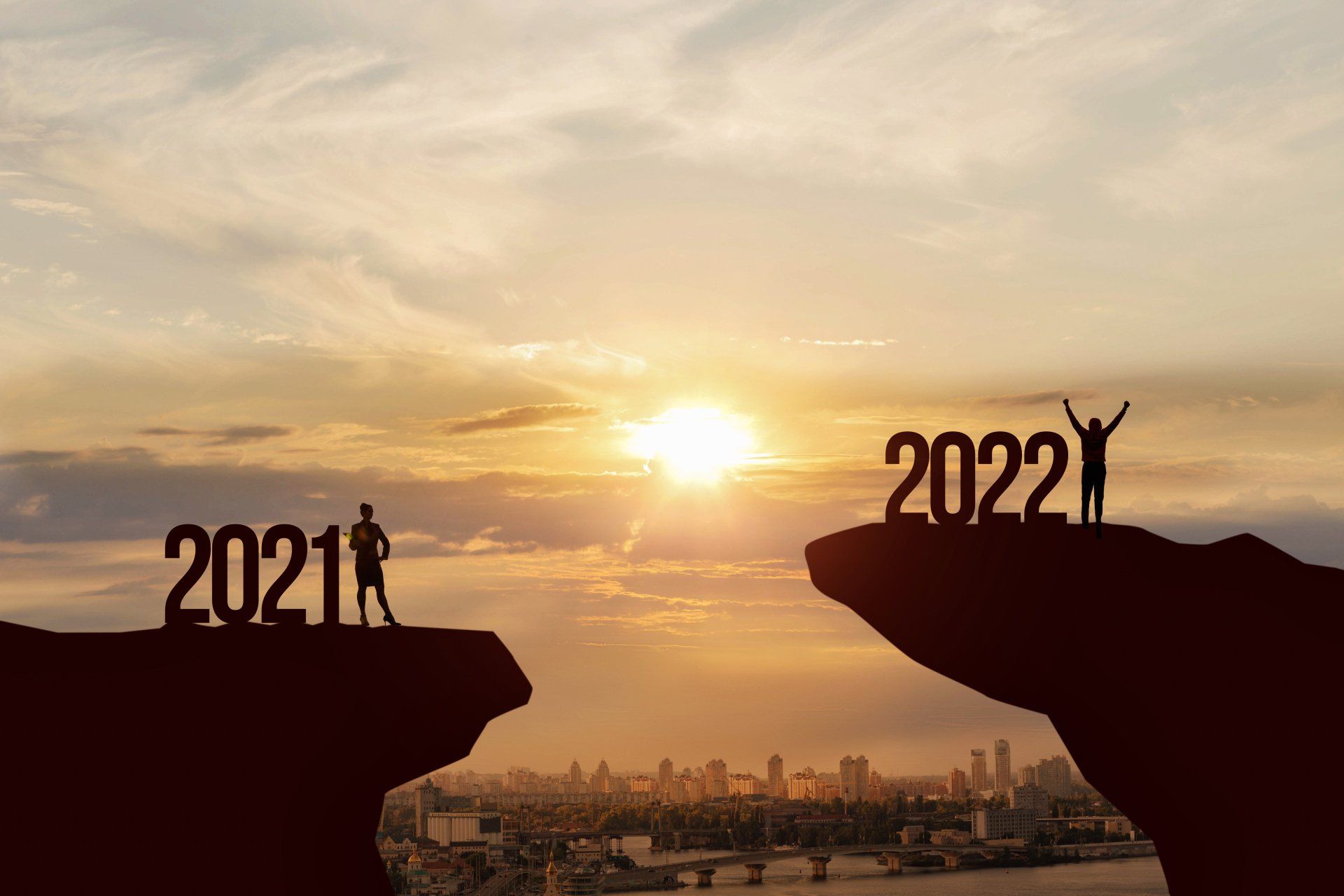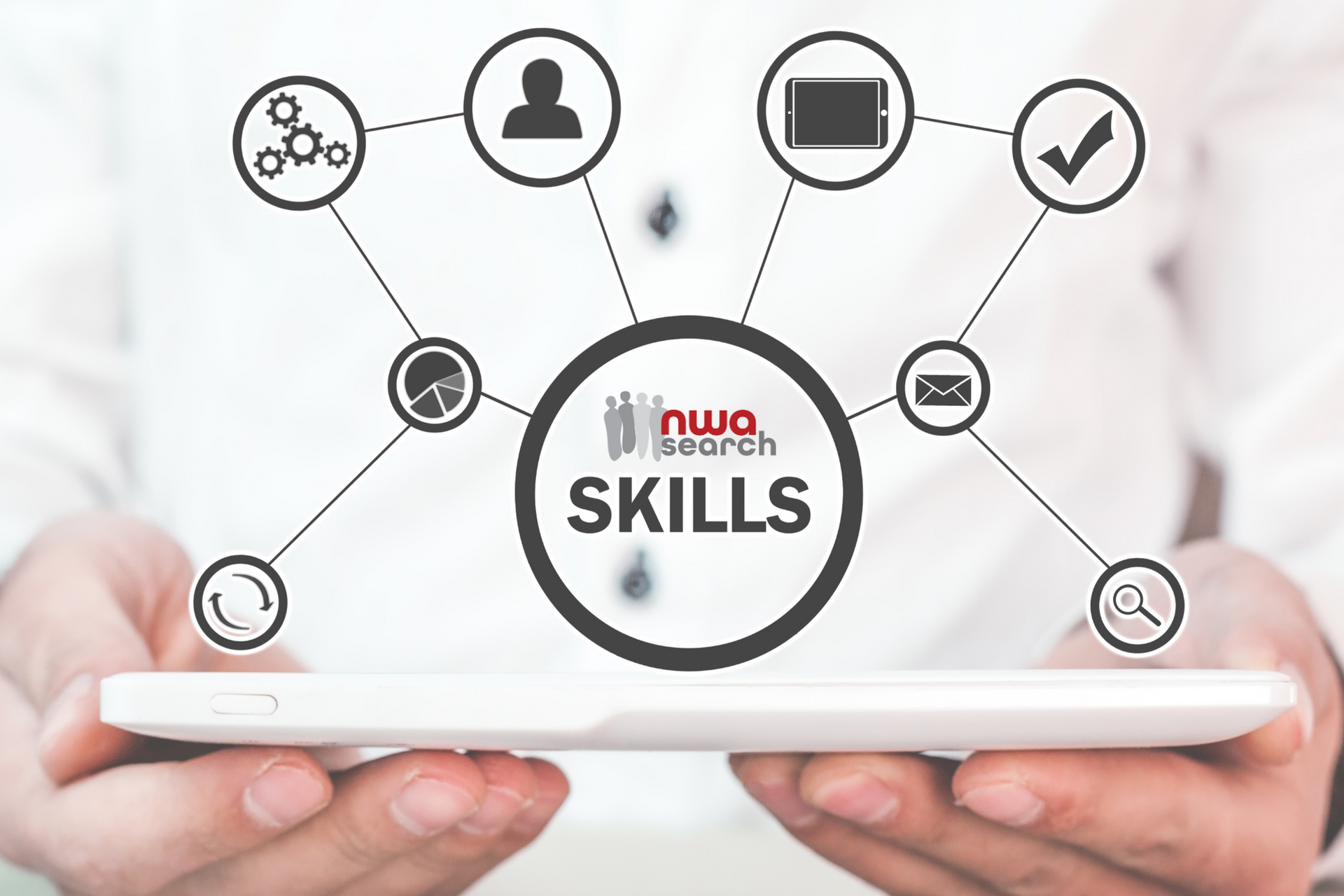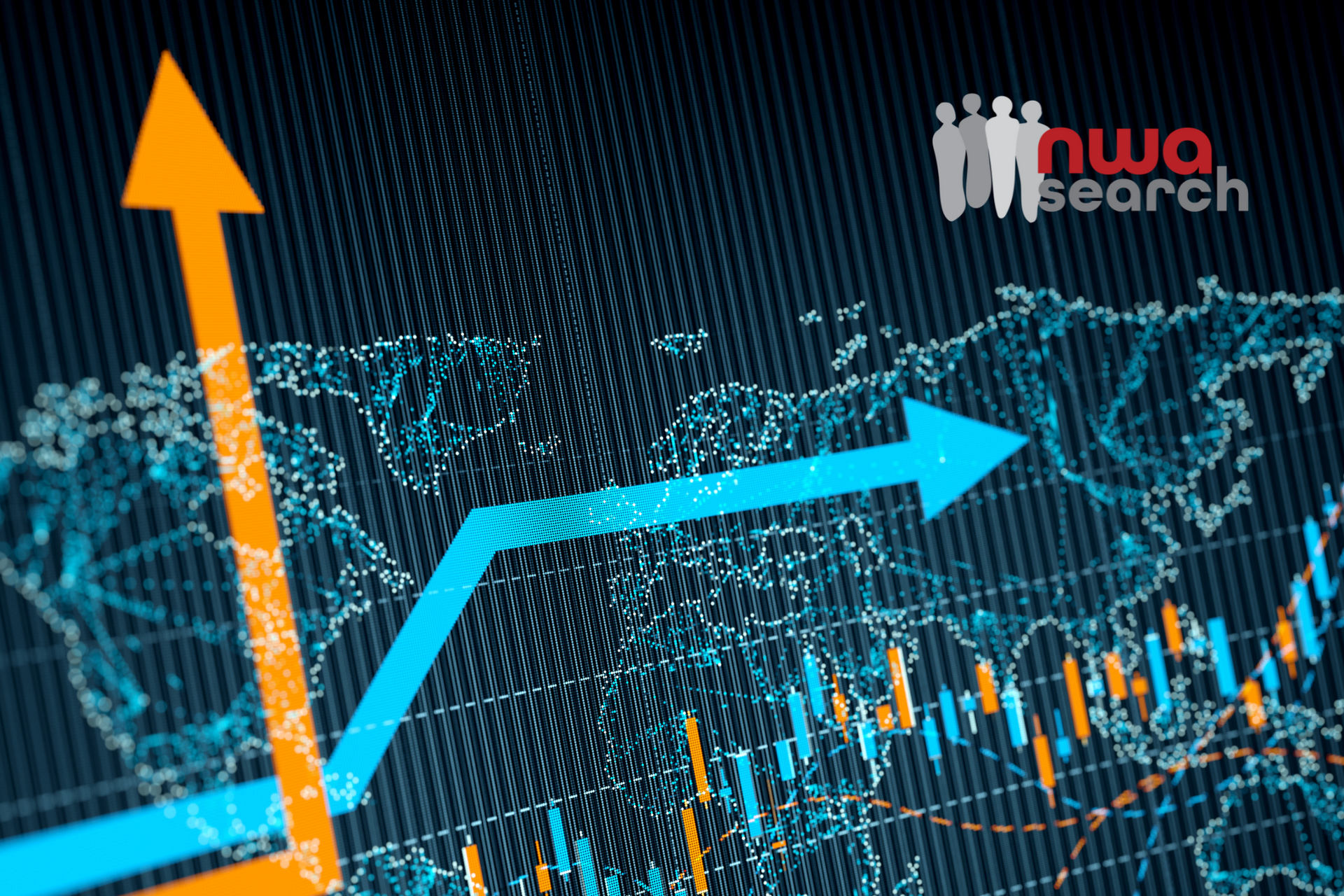A New Year’s Resolution For 2022: Deploying Your Skills To Lead Through Change
“Change is no longer a project with a defined start and end. It is continuous, and accelerating … Being able to lead through change is no longer an optional skill.”
I wrote those words in early 2019 in an article called “Change Is Changing.” That article focused on the ways traditional change management approaches need to evolve to match a world of ever-increasing and faster change.
Then came the Covid-19 pandemic and a level of simultaneous change that was previously unimaginable.
Leading through the pandemic has been hard, exhausting, and sometimes terribly sad. But executives are entering 2022 with a fortified tool kit of experiences, starting with the ability to measure—and increase—their organization’s capacity to change.
The power to change
I’ve spent much of the last two years studying companies that are exceptionally good at managing change and what sets them apart. With Kevin Murphy and our colleagues at Bain & Company, I’ve learned that an organization’s “Change Power” is comprised of nine different elements: three leadership elements (purpose, connection, and direction), three organizational elements (development, flexibility, and action), and three teaming elements (choreography, scaling, and capacity).
Our research across multiple industries and geographies suggests that each company seems to have its own distinct balance of the nine factors. When it comes to their overall power to change, however, they typically fit one of four archetypes.
Which of these sounds like your company?
- In search of focus (37% of companies). This was by far the most common archetype. With great energy and constant innovation, staff can take on a lot, but, similar to young children playing soccer, everyone seems to be chasing the ball. These companies lack direction, purpose, and connection. Their leaders need to focus on the big picture, connecting company activities to purpose and strategy, and prioritize, saying no to some good initiatives in order to stay focused on the best.
- Aligned but constrained (24% of companies). This group works well as a unit in lockstep, yet often lacks the people needed to manage greater amounts of change and disruption. That leaves them feeling as if they’re running a race in the mud, struggling with capacity, development, and connection. These organizations need to identify and address their capacity bottlenecks, reorder their priorities, and add resources where most needed.
- Stuck and skeptical (20% of companies). Companies that fit this archetype have good ideas and a history of success, but too much of their change gets stuck at the local level. They are weak in scaling, action, and connection, and they are unable to spread innovation across the organization. That leaves their people impatient, skeptical, and even at times a bit hopeless. Moving forward will depend on reigniting the enthusiasm of teammates and convincing them that success is possible.
- Struggling to keep up (19% of companies). This group is similar to a team of cyclists in the Tour de France, battling a grueling race with many stages. They’re great athletes with a single-minded focus and an action orientation, and they have delivered results. But as the race wears on, fatigue sets in, and their weakness in flexibility, choreography, and scaling becomes a liability. Companies in this category need to better anticipate what’s around the corner and change their plans accordingly, evaluating whether their strategic direction is still the right one.

Purpose for the long term
Of all the elements of change, purpose may have been the hottest topic of conversation among executives this year. In an article titled “How To Build a Corporate Purpose That Will Help Navigate Change,” I highlighted a survey Bain had done of nearly 1,000 people around the world. Conducted during the early months of the pandemic, the study found that, among employees whose satisfaction with their company had increased during the crisis, 86% said their employer has a purpose that its people are passionate about and find meaningful.
At its core, purpose is the reason a company exists―the thing that gives meaning to employees’ everyday work. It’s important that it support the CEO’s vision and strategy, but it is a notion that is best considered over the long term, far beyond the retirement date of today’s leadership team. The pandemic has given leaders the opportunity to reignite their corporate purpose by studying what the organization has learned about itself during recent crises. What brought employees together, made them proud of their organization, and deepened their engagement?
A clear purpose is critical to making change that lasts. As change becomes more pervasive and companies’ employee bases more diverse, there’s a strong need for a unifying anchor that provides context and focus. Purpose creates an important sense of belonging and attachment. It’s not a slogan, but rather the thing that defines and guides action. During periods of crisis, purpose proves its worth, but it’s a competitive advantage whatever the business cycle.
Thriving in the new hybrid world
Hands down, one of the greatest changes leaders have had to navigate this year is the revolution in how we work. From Zoom fatigue to the “new normal,” Covid-19 seems to have accelerated a decade of behaviour change into one year.
While we miss one another and the deeper, more substantial interpersonal connection and impromptu interactions of in-person gatherings, virtual formats have their own advantages. The greatest is the ability to scale the number of participants, no matter their location, at incredibly low cost and minimal carbon footprint. The less obvious advantages include the ability to customize experiences for subgroups of participants, to gather and analyze data in real time, and to create together in large groups. If you want your top 1,000 people across the globe to jointly refresh your company’s mission, values, or purpose, the right virtual design can make that not only possible, but fairly easy.
Like the centre of a Venn diagram, hybrid work seeks to bridge the virtual and physical environments and capture the best of each. The conversations and content that benefit most from nonverbal communication and eye contact can be executed in person, and the material suited to the scale, transparency, and visibility of virtual interaction can be covered via Miro, Trello, Zoom, etc.
As you think forward into 2022, whether setting up regular leadership meetings, scheduling steering committee sessions, or planning bigger events or workshops, hitting the proper hybrid balance starts with asking the four Ws.
Why: Why are we gathering? What is the purpose?
Who: Who are the participants, and what are we trying to achieve with them? Think of this as casting. External parties, facilitators, your own front line—almost anyone can parachute in virtually from anywhere in the world.
What: Which of the many virtual tools we’ve tried over the past year could help us meet our goals? Where can we benefit from in-person interaction, and where can we benefit from virtual?
How: How can virtual and in-person intersect, and for which participants? What new possibilities are opening up?
For a much deeper dive into the new ways of working and the future of work, please see this trio of articles:
- What Meetings Will Look Like In The Future
- Building The Executive Meeting Of Your Dreams
- Connecting The Disconnected: Overcoming The Hybrid Work Dilemma

In with the new
December is a time of reflection. A moment to sit back and look at what went well in the year before, what could have gone better, and how this insight can help us kick off a successful new year. Covid-19’s economic and societal jolt has ignited a rethinking of many of our traditional assumptions about work and leadership. It’s also given us an amazing opportunity to reach new levels of leadership.
I’m looking forward to finding out what changes 2022 has in store.
Writing as a contributor in Forbes










